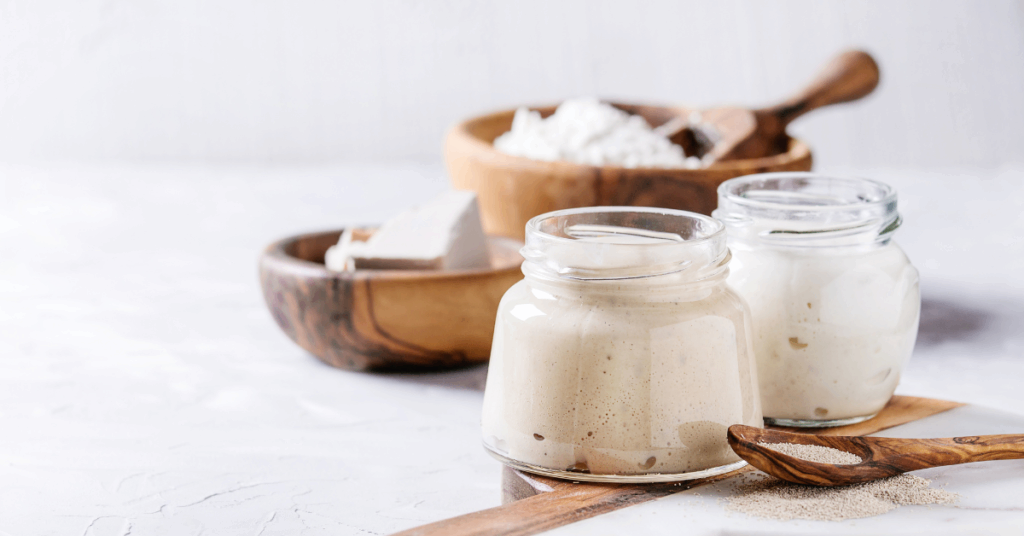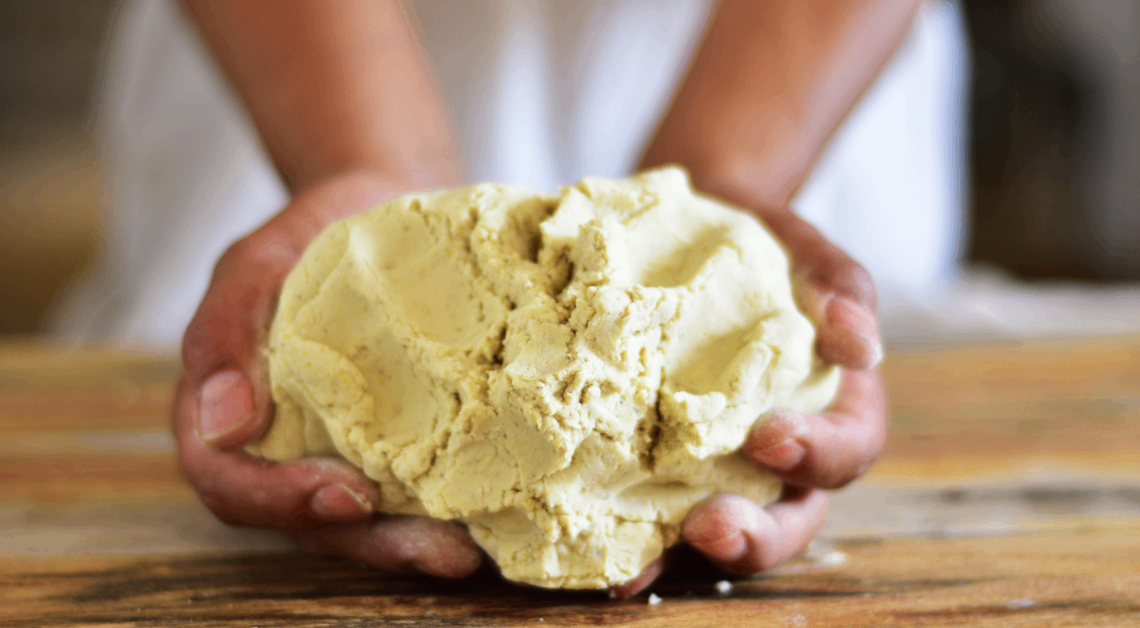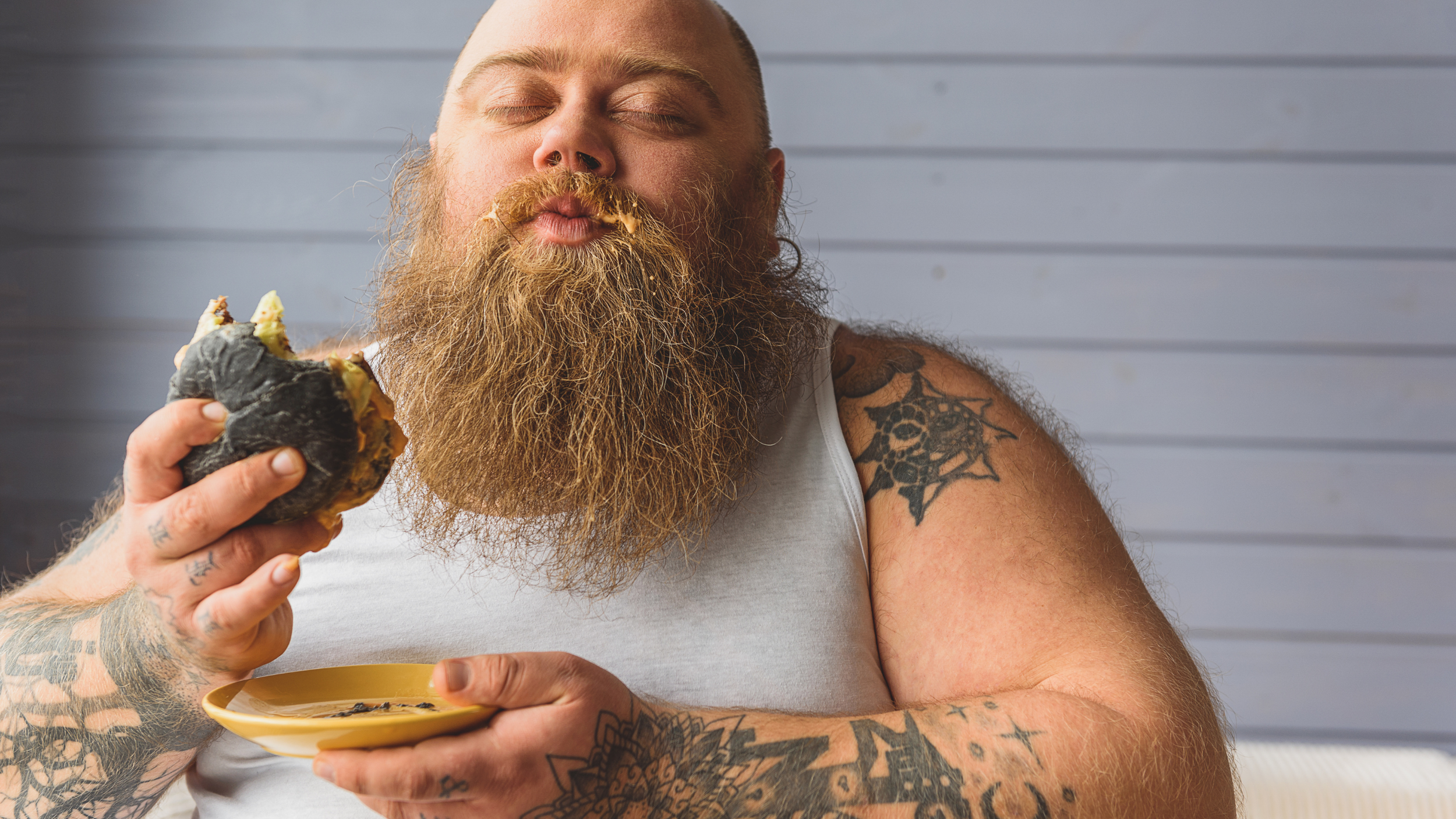PS: Find me along with an amazing community of writers at Medium.com.
Of all the selections in my beloved stacks of health and nutrition books, none has ever taken me through such an immersive and tactile journey through traditional food preparation as “Eat Like a Human: Nourishing Foods and Ancient Ways of Cooking to Revolutionize Your Health” by Dr. Bill Schindler.
One of my favorite moments in “Eat Like a Human” is when Dr. Schindler is talking about his sourdough obsession which has gotten so out of hand that he has to leave a dinner date with his wife in order to tend to his starter in the car.
This story is the perfect frame for discussing all the magical benefits of fermenting the flour in order to render out the anti-nutrients in bread, all while finding ways to streamline the process so it can efficiently fit into anyone’s lifestyle.
But sourdough is just the beginning. In fact, it’s not even the beginning.
His writing is so descriptive and potent, you can smell the ingredients coming from the pages. You get more than a book about the foods that humans eat; you learn the history of the food and the ancient wisdom preserved by cultural traditions of people who ate the food and figured out how to prepare it for optimal digestion and human health.
Dr. Schindler starts the book off with a story about participating with his family in the Maasai practice of bloodletting a cow to drink its blood, a food considered both sacred and ordinary. He describes the experience vividly and candidly, like he is telling you the story on his lanai over brisket sandwiches and coffee.
During this ritual, the cow is not killed or really even harmed. After the puncture is made in the cow’s neck, it is patched with clay, and the cow then continues on grazing in the fields of grass.
After reading about it, you not only understand the deeply human connection to the food, but you respect the animal and the culture more by taking a meaningful part in the journey.

Travelling the world with his family, Dr. Schindler gets first hand knowledge and experience about ancient food preparation and then shares these amazing techniques with his readers. He tells the whole story and you, the reader, get to visualize it with tantalizing detail and benefit from every shared experience.
Each chapter is a hand-held walk into a food’s history and the culture it came from.
For example, Dr. Schindler goes in depth about corn, or maize, and how it was originally found to be the cause of Pellagra, an illness once thought to come from living in squalor. It killed hundreds of thousands of people all over the world once upon a time.
If you’ve never heard of it, it’s probably because it was finally figured out that Pellagra is caused by the anti-nutrients in corn that inhibit the human body from absorbing niacin.
People essentially died from niacin deficiency caused by eating corn. Now, we get so much niacin in our bodies from fortified breads that most people who eat corn are never affected.
But what happens when a person cuts out “gluten” and only eats corn products instead? Usually that means cutting out fortified foods, which could theoretically cause them to develop a niacin deficiency.
There is an entire section dedicated to the proper preparation of corn which removes the anti-nutrients that inhibit niacin absorption in our bodies.
This process is officially called “Nixtamalization” which is a Nahuatl word for the process of alkalizing and grinding maize.

The chapter doesn’t read like a science book or even a cookbook. It reads like a travel diary and feels more like watching Anthony Bourdain discover flavorful meals all over the world than it feels like reading a nutrition manual. But he gives you the methods and the tools so that you can prepare the foods properly at home for the highest bioavailability and nutritional value.
This book is about the foods that humans have been eating since the dawn of time and how they were prepared traditionally for optimal nutritious benefit.
By visiting these remote locations where food is selected and prepared based on ancient practices, he connects to the ingredients and shares his observations about the health of the people in the communities he studies. He tells his reader his findings and brings them along for the experience through great storytelling.
While most nutrition books you read will publish a list of yes/no foods, and cite scientific studies which support their inclusion or exclusion, Dr. Schindler seems to recognize that nutritional studies are often flawed and biased.
History teaches a lot about human health and eating and there is evidence of a food’s health benefits clearly visible by studying remote populations that have adhered to eating only traditional foods traditional ways.
From drinking animal blood, to eating potatoes with clay, Dr. Schindler takes the reader on a nutritional adventure and gives approachable, relatable advice on how to bring these healthful ways of eating to the dinner table in easy, practical ways.
It really doesn’t matter what diet you subscribe to, this book will have something interesting for you to bring to your plate.
If you are carnivore, you will obviously appreciate the great attention to valuing animal foods in the diet and if you’re vegetarian or vegan, you will benefit from learning about how to prepare plant foods in order to remove the toxins that can harm your health.
If you read this book, I would love to know what you think. What is your favorite part? What was the most important take home point that you learned or were interested in reading about? Do you have anything to add? Are there any other books that you read that reminded you of this one? I’d love to hear about them.
I listened to the audiobook, which was well read and fun to listen to, and comes with an excellent pdf with the recipes and more. I’m an audiobook maniac and save a lot of money on books buying with Audible credits instead of buying paperback books. (It’s also because I have a toddler and it’s just easier for me to listen to books than read them.)
But, I understand that many of you prefer the hard copy book so here are both links for easy reference. – Paperback and Audible Version
This post may contain affiliate links which keep me on the air. Thank you! More.





